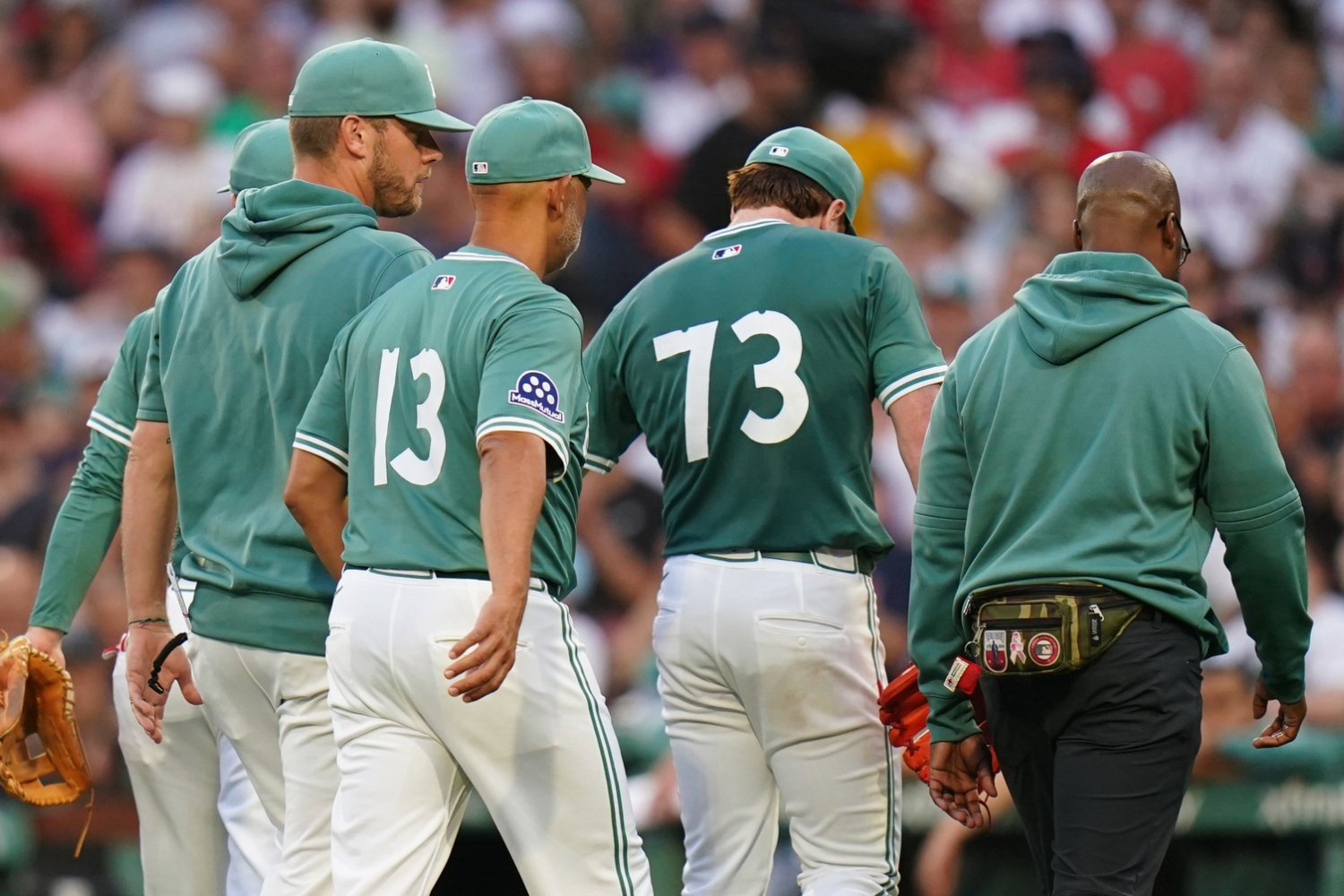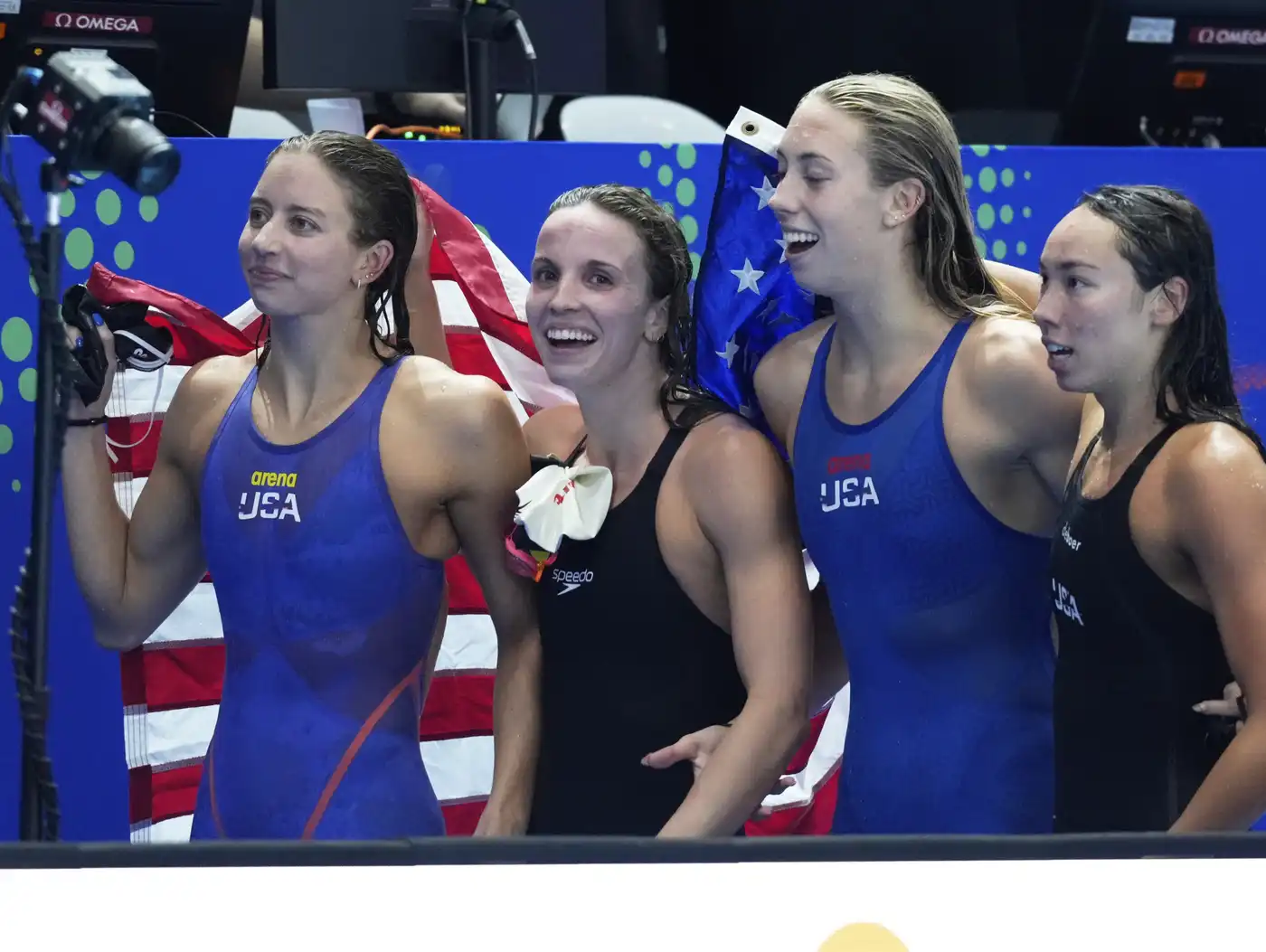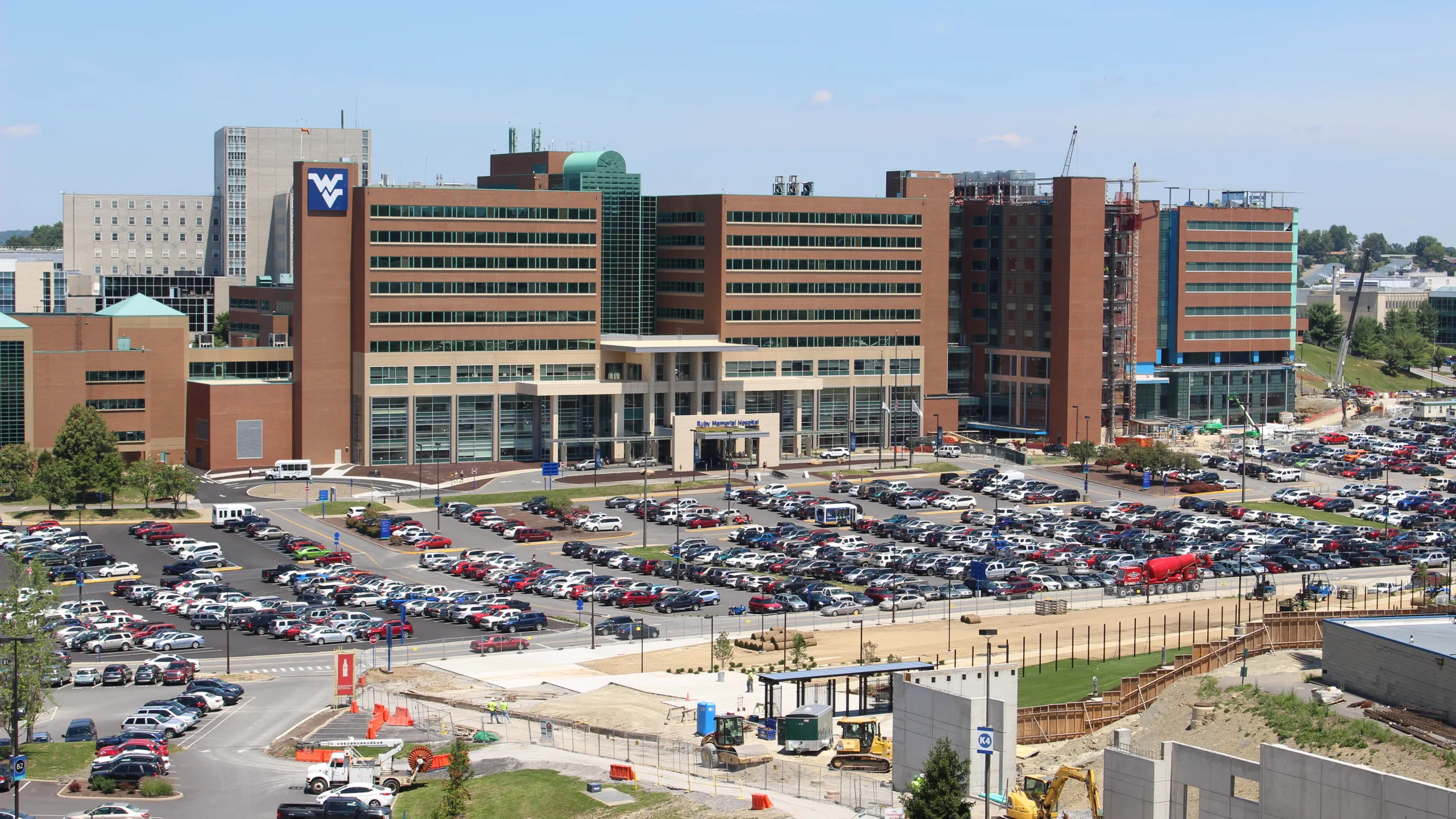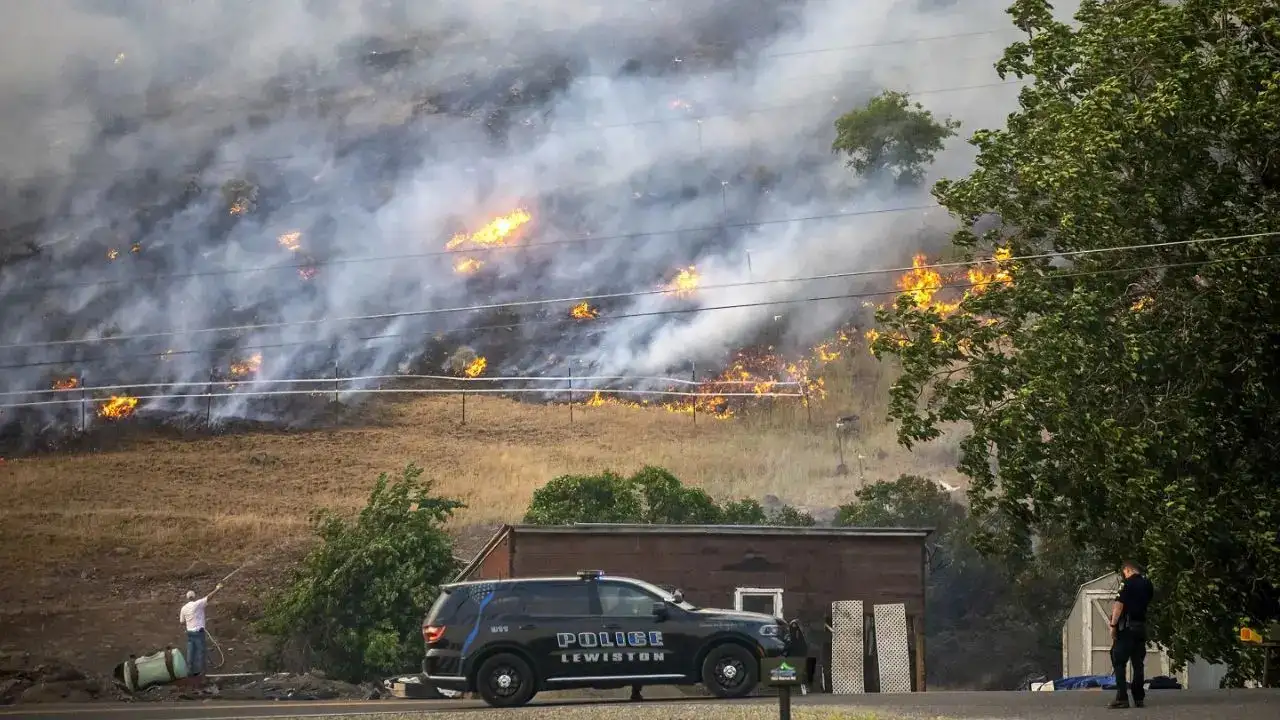
The Boston Red Sox have recently encountered a significant setback in their pitching roster with the unfortunate news of Hunter Dobbins’s ACL injury. Dobbins, a promising right-handed pitcher (RHP) who had been contributing to the team’s depth, is now expected to be sidelined for the remainder of the season. This injury not only impacts his personal career trajectory but also creates challenges for the team’s strategic planning moving forward.
The Incident and Immediate Aftermath
How Did the Injury Occur?
Hunter Dobbins sustained his injury during a routine practice session, where an abrupt movement led to a serious tear in his **right ACL**. Such injuries are common among athletes engaged in high-intensity sports, especially pitchers who rely heavily on precise biomechanics and explosive movements. The incident underscores the physical toll that professional baseball can take on players, particularly pitchers who are subjected to intense stress on their knees during pitching motions.
Official Statements and Player Reactions
The Red Sox organization confirmed the injury through statements released shortly after the incident. Dobbins himself expressed a sense of disappointment but also resilience, stating, “It’s obviously a tough blow, but I plan to focus on my recovery and come back stronger next season.” His honest assessment and positive attitude reflect his commitment to returning to the mound.
Furthermore, team officials highlighted the importance of proper medical evaluation and the need for a comprehensive rehabilitation plan. Given the severity of ACL injuries, which typically require surgery followed by extended physical therapy, the outlook for Dobbins’s return this season was quickly deemed unfeasible.
Impact on the Red Sox Rotation and Future Prospects
Team Strategy and Rotation Adjustments
Hunter Dobbins’s absence leaves a void in the Red Sox’s pitching staff. As a rising talent, he was expected to contribute both as a starter or reliever, offering depth and flexibility to the team’s pitching strategies. The loss necessitated quick adjustments, prompting the organization to look for alternative options from their farm system or free-agent market to fill the gap.
- Increased reliance on existing pitchers: Veterans and other prospects now face increased pressure to step up.
- Potential call-ups from minors: The team may accelerate the development and promotion of promising young pitchers.
- Trade considerations and roster flexibility: The Red Sox might explore trade options to bolster their pitching staff for the remainder of the season.
Long-term Implications for Dobbins’s Career
While the immediate focus is on recovery, Dobbins’s injury raises questions about his long-term prospects. ACL injuries are serious, and while many athletes recover fully, the road back can be complicated and lengthy. His future performance will depend on the success of his rehabilitation process and whether he can regain his pre-injury form.
Medical Perspective and Rehabilitation Process
Understanding ACL Injuries
The anterior cruciate ligament (ACL) is vital for knee stability, especially in athletes who perform explosive movements. Tears like Dobbins’s often occur due to sudden stops, pivots, or awkward landings. Surgical reconstruction typically involves replacing the torn ligament with a graft, followed by months of physical therapy.
Typical Recovery Timeline
The standard recovery for a professional athlete with an ACL tear usually spans:
- 6 to 9 months for initial recovery and surgical rehabilitation
- Extended months for regaining full strength, mobility, and competitive readiness
Considering Dobbins’s current situation, his timeline suggests he will miss at least the remaining months of the season, with the possibility of returning in the following year depending on his rehab progress.
Broader Context: Similar Injuries in Baseball
In recent years, ACL injuries among pitchers have become increasingly common, emphasizing the physical risks inherent in baseball. High-velocity pitches demand exceptional knee stability, and minor biomechanical flaws can lead to significant injury. Dobbins’s injury adds to the growing list of pitchers battling knee injuries, reminding teams and players alike of the importance of proper mechanics and conditioning.
Conclusion
The injury to Hunter Dobbins marks a disappointing chapter for the Red Sox and for the young pitcher himself. While such setbacks are an inevitable part of athletic careers, they also highlight the importance of resilience, medical care, and strategic planning. The organization will now focus on adjusting their roster to minimize the impact and support Dobbins’s recovery process, hoping he will return stronger than before.
As fans and analysts watch this space closely, the hope remains that Dobbins will bounce back fully and continue to develop into a key player for the Red Sox in future seasons.
For more updated news please keep visiting Prime News World.








